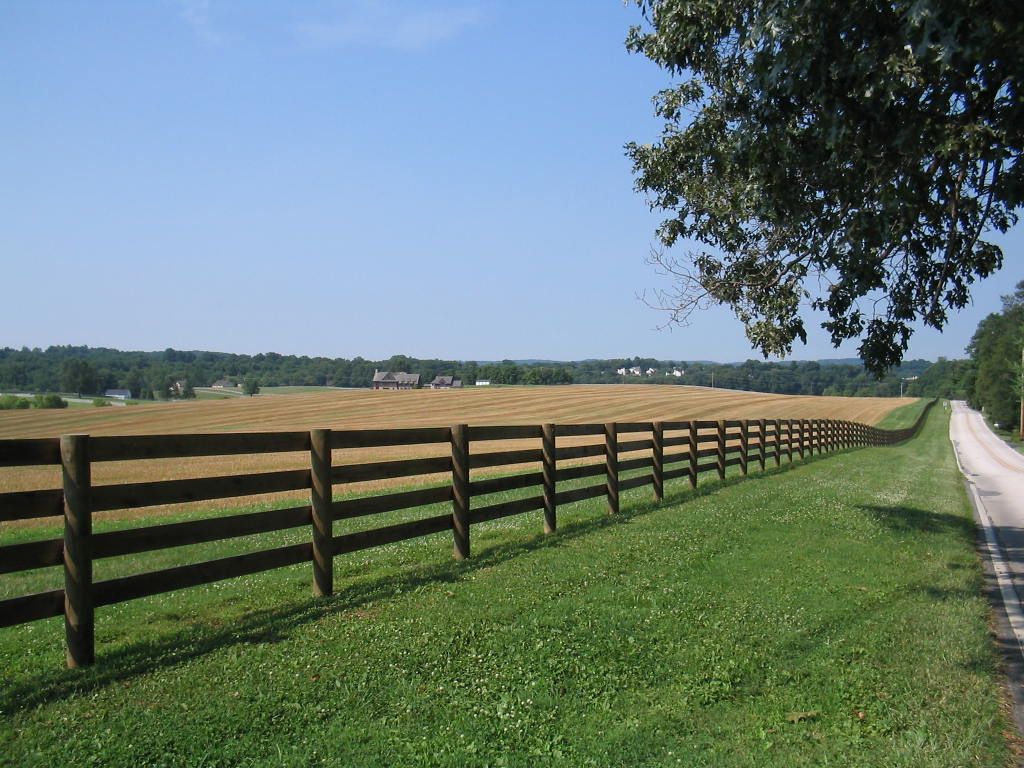Fencelines
Legal Planet: Environmental Law and Policy 2017-06-23

The Supreme Court ruled today on Murr v. Wisconsin, a takings case that could have potentially had a major effect on land use regulation. The Supreme Court has ruled that a “taking” of private property exists if the state prohibits all economically beneficial use of property. Naturally, lawyers have gleefully litigated the question of how to define what constitutes a parcel of property. Property right advocates have pushed hard to make the definition narrow, so that as many regulations as possible become subject to this “total taking” rule. They lost big in the Murr case, with the majority ruling in favor of a flexible definition, and even the dissent agreeing with the result though not the reasoning. I’m hoping that other participants in the blog will chime in with their views, but here are some preliminary thoughts about the decision.
The case involved two pieces of adjoining property on the banks of the St. Croix river, both owned by the same people. Because of the small size of the lots, the owners were only allowed to develop them together. Since neither lot could be developed separately, the claim was that this was a total taking of each lot. But the harm to the owners didn’t amount too much, according to the figures cited by the court: about a 10% decrease in the combined value of the lots. Rick Frank’s post before the case was decided contains additional helpful background if you want to know more.
The majority by Justice Kennedy and the dissent by Chief Justice Roberts rejected the owners’ claim of a total taking, but on different grounds. The majority said that the “parcel” should be defined as both lots put together, based on a multi-factored test. Since the combined lot continued to have a lot of value, there was not a total taking. The dissenters said that each lot was a separate piece of property, but still concluded that there was not a total taking. While the dissent wasn’t willing to be flexible in defining the relevant parcel for determining a total taking, it was flexible in considering whether a total taking of that parcel took place. The reason was that each lot retained considerable usefulness, since it could be combined with the adjoining lot in a very profitable construction project. (While joining the main dissent, Justice Thomas also suggested that it was time to reopen the question of the original meaning of the Constitution and the extent to which it supported current doctrine. I’m not sure this is particularly good news for property rights advocates.)
What is most striking about both the Kennedy and Roberts opinions is how much they stress the flexibility needed to apply the takings clause. By doing so, they’ve de-emphasized the strict categorical rules favored by Justice Scalia without rejecting them outright. So overall, this decision seems to me to be good news for regulators and correspondingly bad news for property rights advocates.